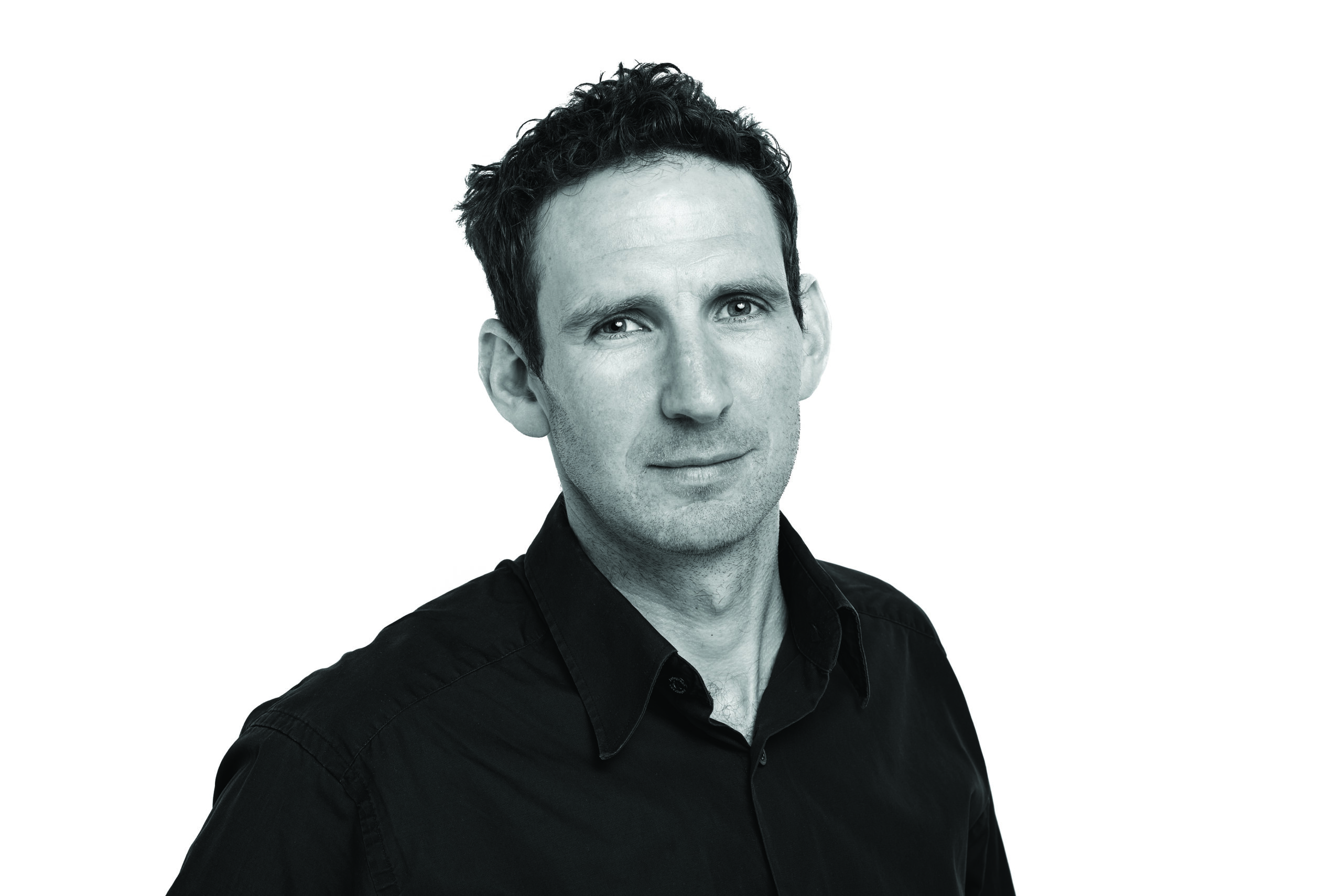The top 100 names on Forbes’ list of highest-paid athletes – topped by boxer Floyd Mayweather – banked a cumulative £3.8billion over the past 12 months. You cannot filter by ‘gender’, but even if you could, there’d be no need. There’s not a women on it. For the first time since it launched six years ago, the latest list doesn’t include a single female.
The Sunday Times Rich List is also spliced to provide a wealthiest sportsmen category, Rory McIlroy and Andy Murray top that one. But – with the clue in the name – the women again fail to register.
If it proves anything, it’s that true gender equality with our sports stars is still generations away. It also brings into stark contrast how triathlon, in its own niche sports way, and with an insistence on equal prize money and profile from inception, has an enviable track record (albeit with some of the zeroes scratched off).
To illustrate, last year’s top two prize money earners were the ITU world champion Flora Duffy ($295k) and the Ironman world champion Daniela Ryf ($240k), according to the list compiled by race organisers Challenge. Of the top 100 triathletes, 49 were women.
It works because it’s not forced. The action, not gender, has always shaped the narrative, whether it was Julie Moss’s crawl in Hawaii in 1982 or the Iron War between Dave Scott and Mark Allen in 1989. The unexpected dominance of Chrissie Wellington from 2007 to 2011 or the emergence of a pair of Yorkshire brothers ahead of
the London Olympics.
It continues today. In this year’s ITU World Triathlon Series, the women’s race took focus in Bermuda because of home favourite Duffy. On to Leeds and the poster boys were naturally the Brownlees.
As a young sport, triathlon does have the advantage of not battling a traditional male-dominated legacy, but it still took the pluck and vision of the ITU’s founding president, the late Les McDonald – whose grandmother was a suffragette – to put the foundations in place, and there’s always work to do.
More men (61%) than women (39%) participate in the UK, according to the Triathlon Industry Association, so sponsors need to see both the bigger picture – and opportunity – when deciding on
their marketing budgets.
So too do organisers when it comes to professionals, which partly explains the opprobrium when the World Triathlon Corporation refuses to entertain an even number of men and women pros for the Ironman World Championship, or Super League Triathlon receives a backlash for not having a women’s race in its trial run.
But these anomalies stick out precisely because they’re not the norm, and it’s a proud tradition that’ll be enhanced further when the mixed relay makes its bow in the Tokyo Olympics in 2020. And perhaps, by then, the women
might even be competing on the anchor leg.
